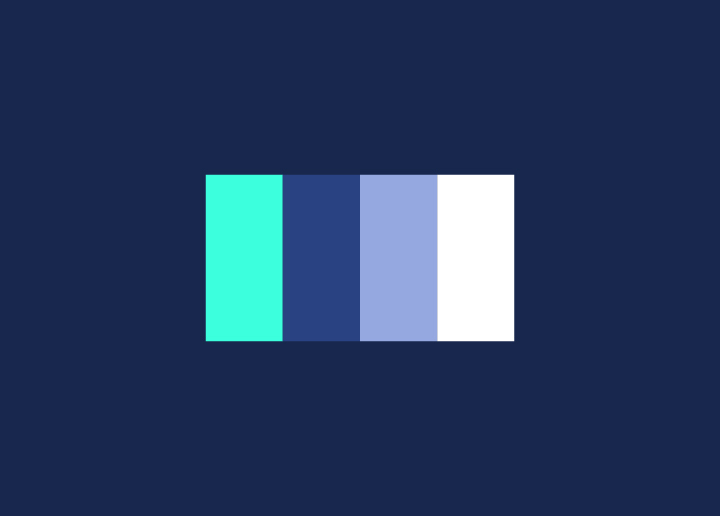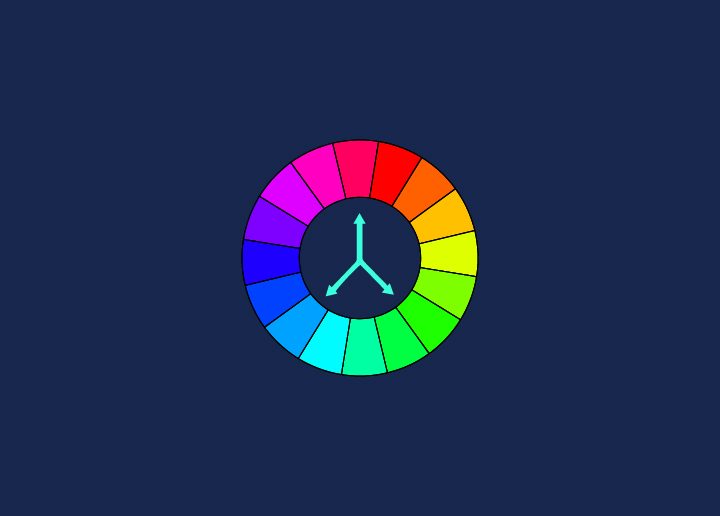Most people think of hue as simply “color.” However, in web design, hue has a more specific meaning. Hue refers to the dominant color in a color scheme. For example, if you were creating a website with a green color scheme, green would be the hue.
Different Types of Hues
Different hues can be created by adding different amounts of white, black, or gray to color. For example, pink is made by adding white to red, while maroon is created by adding white and black to red. Yellow can be lightened by adding white or darkened by adding black.
Some colors are made up of multiple hues, such as purple, which is made up of blue and red. Green is made up of yellow and blue. Brown is made up of red, yellow, and black.
How to Use Hues in Web Design
In web design, hues can be used to create various effects. For example, a light blue hue can create a calming effect, while a bright yellow hue can create an energizing effect.
Hues can also be used to create contrast. For example, pairing a light hue with a dark hue can help to make elements stand out. This can be especially effective when combined with other design elements, such as typography or images.
When using hues in web design, it’s essential to consider the site’s overall color scheme. For example, if the site primarily comprises cool colors (blues and greens), adding a few warm colors (yellows and oranges) can create visual interest and contrast. Similarly, adding some cool colors can achieve the same effect if the site is primarily composed of warm colors.
If you’re unsure which hues to use in your web design, plenty of online resources can help you select the perfect colors for your project.
Benefits of Using Hues in Web Design
Hues are the colors that most people think of when they think of color. Red, orange, yellow, green, blue, and purple are all hues. Hues can be very useful in web design for several reasons.
For one, hues can help to create a certain mood or feeling on a website. For example, warm hues like red and orange can create a feeling of excitement or energy, while cool hues like blue and green can create a sense of calmness or serenity.
Hues can also be used to help guide the eye around a website. For example, using contrasting hues for different elements on a page (like a bright button against a dark background) can help those elements stand out and be more easily seen by visitors.
Finally, hues can be used to add visual interest to a website. A web page that is predominantly one color can look dull, but adding other hues can liven things up. Just be sure not to go overboard – too many colors can be as bad as too few!
Tips for Creating Color Schemes with Hues
There are several tips for creating color schemes with hues:
1. Use a color wheel: A color wheel is an excellent tool for visualizing which hues go well together. By understanding which colors are opposite each other on the wheel (known as complementary colors), you can create visually appealing and balanced schemes.
2. Consider the context: The colors you use on your website should be appropriate for the kind of site you have. For example, if you have a business site, you’ll want to use colors that convey professionalism and trustworthiness. On the other hand, if you have a more playful site, you can be more adventurous with your choices.
3. Use analogous colors: Analogous colors are next to each other on the color wheel. Using these colors together can create harmonious schemes that are easy on the eye.
4. Go monochromatic: If you’re not sure what colors to use together, try going monochromatic – using different shades, tints and
Conclusion
In web design, hue is an essential element to consider. It’s what most people think of as color – red, orange, yellow, etc. To create a professional and attractive website, designers must understand the concepts behind hue and how best to use them with other elements like saturation and brightness. With knowledge of hue conventions and an understanding of how colors interact together, you can create beautiful websites that will indeed engage your visitors.




















